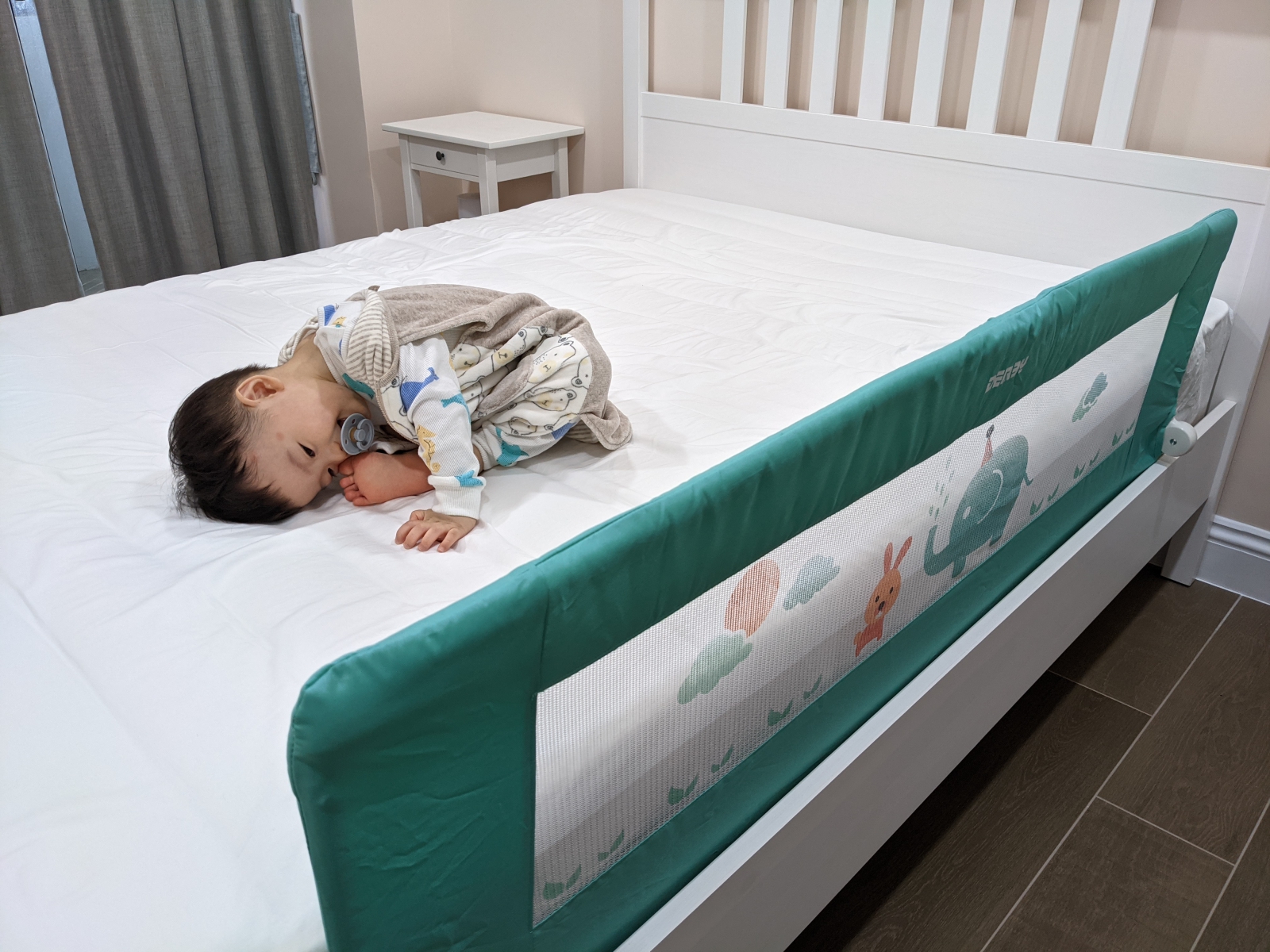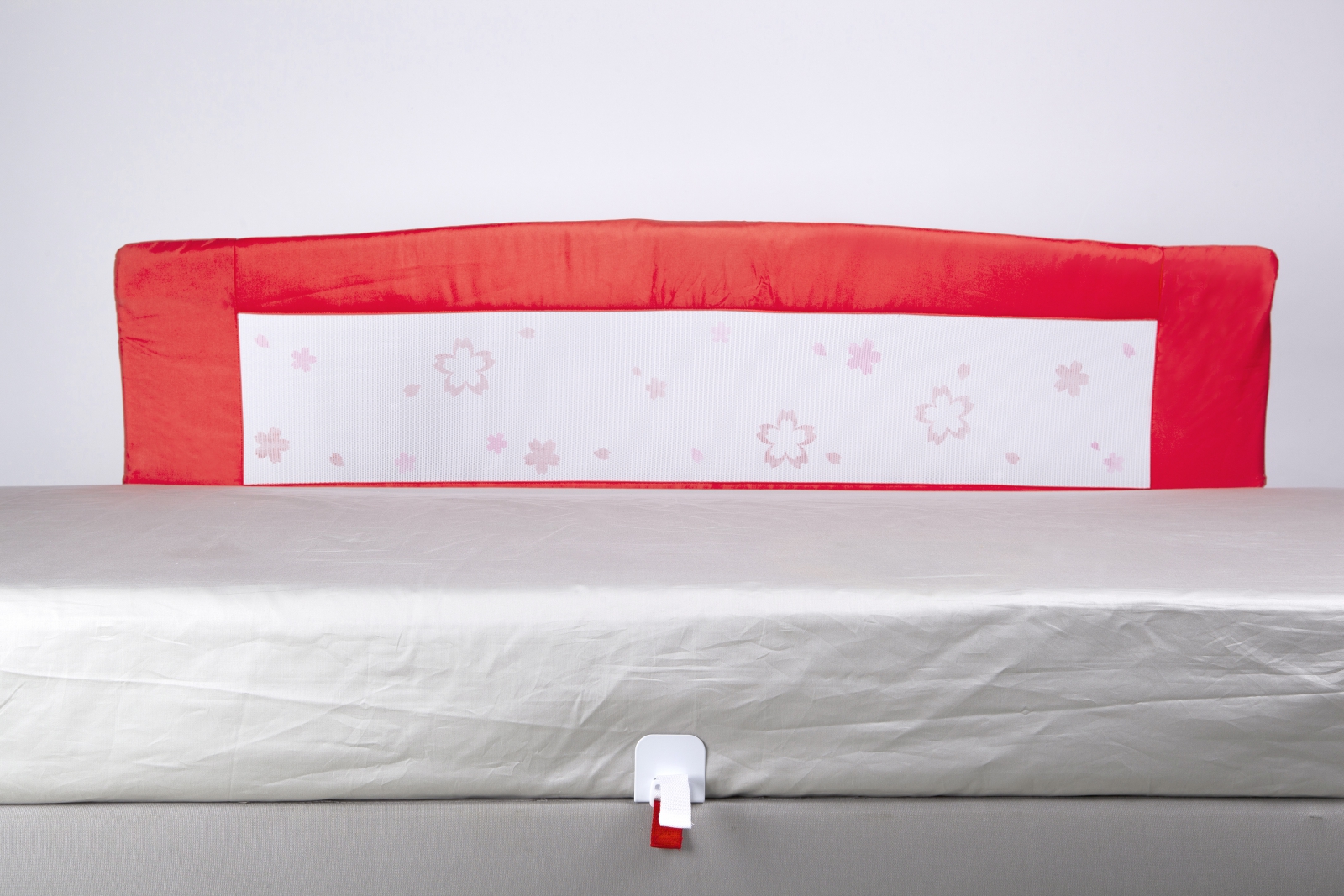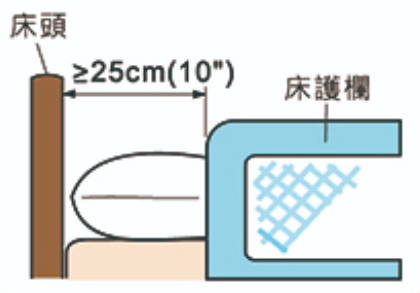Child Safety Bed Rail: Key Points for Selecting a Safe Bed Rail
With so many types of bed rails available on the market, how do you know which one to choose?
Over the past few decades, poorly designed bed rails have led to a multitude of dangerous incidents involving young children. Issues such as wide gaps in the bed rail, improper spacing between the bed and the rail, and insufficient stability of the rail itself have resulted in children getting stuck, suffocating, or falling. What was intended to protect children's safety has ironically posed risks to them.
So, what should you consider when choosing bed rails, and how do you find the right ones? Today, I'll share with parents the key points to consider when selecting bed rails.。

The applicable age range for bed rails.
Due to the increased risk of very young infants getting trapped between the guardrail and the bed, it's recommended to use bed rails for children aged 18 months and older. For infants under 18 months, it's advisable to use a bedside bassinet or a separate crib instead.
Does it comply with safety regulations?
When selecting bed rails, make sure the packaging bears the certification of the national standard CNS to ensure that the bed rails comply with safety regulations. For instance, Demby's child bed rails have obtained dual certifications from international safety standards as well as Taiwan's CNS. Throughout its history, Demby has designed bed rails in accordance with the child guardrail regulations of the European Union and the United States, and has passed tests such as impact testing, locking device testing, protruding object testing, bed rail safety gap testing, chemical testing, and fabric cover flame retardancy testing.
Make sure the bed at home is suitable.
Bed rails on the market come in versions suitable for adults and children. If you're getting one for a toddler, make sure to choose a bed rail specifically designed for kids and verify that its dimensions match those of your bed at home.
How can you confirm if the size of your bed at home is suitable for installing a bed rail? In terms of length, bed rails vary from 90cm to 150cm, with 150cm being the maximum recommended length according to EU safety standards. According to these standards, there should be a 25cm gap between the long side of the bed rail and the head and foot of the bed to prevent a child's head from getting stuck. For example, if the length of your bed at home is 200cm, a 150cm bed rail would be suitable; if it's shorter than 200cm, you would need to choose a bed rail that is 50cm shorter than the length of your bed.
Another consideration is measuring the height of the bed frame at home. You'll find many fold-down bed rails on the market, which are not only convenient to use but can also be folded down directly under the bed when not in use, or even disassembled altogether. However, if the bed frame sits too low to the ground, fold-down bed rails can easily get caught on the floor. Therefore, before purchasing, it's crucial to understand the height of your own bed frame to ensure you buy a suitable bed rail.
The thickness of the mattress also affects the height the bed rail can effectively protect. When selecting a bed rail, make sure to verify that the indicated applicable thickness matches your own mattress.
Lastly, it's important to note that bed rails should only be used on adult-sized mattresses. Cribs, waterbeds, bunk beds, air mattresses, and other types of mattresses may lack the structural integrity to support the weight of bed rails and are not suitable for their use.

Bed rail functionality
In addition to the above points, parents can also choose the desired functionalities for bed rails based on their needs, such as rails that can fold down, adjustable height, with a night light, or with mesh for visibility.
